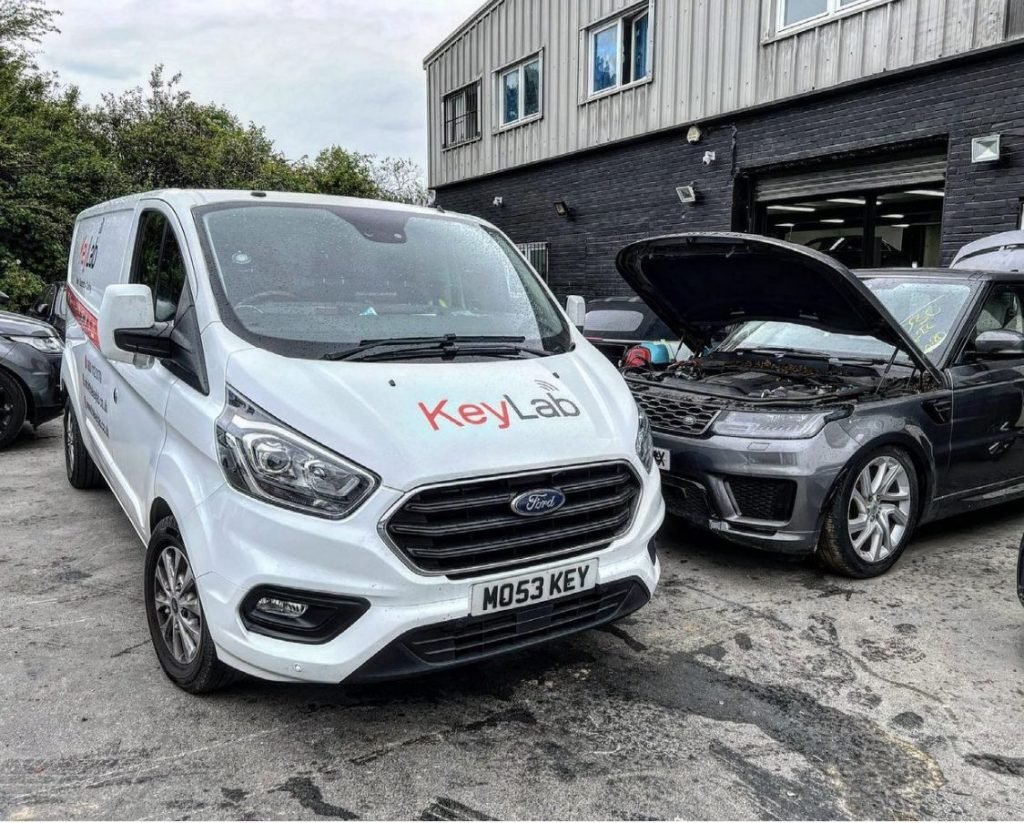Automotive Diagnostics
There are many kinds of diagnostic tools that can be used for automotive use. These include back-pin probing, Pattern recognition algorithms and Component failure alert systems. In addition to identifying the failure of components These diagnostic tools can assist you in communicating with a remote assistance service. These tools are crucial in ensure that your vehicle is safe on the road.
Warning system for component failure
Modern vehicles are equipped with various electronic and internal systems that track how the car is performing and can be triggered by malfunctions. When a part of the vehicle is not functioning properly, it will issue a warning signal to let the driver know about the issue. Some warning lights signify an issue that is minor, such as the gas cap being loose. Others can be indicative of a more serious problem.
A system that detects malfunctions can store information that can help repair technicians to identify the issue and fix it. If it can detect a fault before it is too late, the repair technician can fix the issue quickly and efficiently. By following the tips the owner of the vehicle can enhance safety and reduce the cost of maintenance.
Modern cars are equipped with an onboard computer diagnostic system that constantly monitors the major functions and systems of the vehicle. It is responsible for monitoring fuel economy as well as harmful emissions and other vehicle functions. A warning light will be displayed on the dashboard when a component is damaged. This system is known as OBD and is installed on personal cars, trucks, and commercial vehicles. It is now a standard industry practice , and aids in diagnosing problems.
These warnings are called Diagnostic Trouble Codes (or DTCs) and are the result of a diagnostic procedure to determine the cause of the issue. Diagnostics involves analyzing service information, pin-point tests on the vehicle, and checking affected areas. To accurately diagnose a vehicle's problems, it is important to comprehend the meaning of these codes.
Communication between a vehicle & remote assistance facility
To allow remote assistance facilities to work with your vehicle, you need to have a method of communicating with it. V2V communication (vehicle-to-vehicle) is a way to connect with other vehicles wirelessly and exchange information. This technology allows for the transmission and reception of omni-directional messages at up to 10 times per minute. It allows vehicles to maintain an eye on their surroundings in 360 degrees. It also uses information from surrounding vehicles to warn drivers about upcoming accidents. These systems can also utilize tactile and audible alerts to assist drivers in avoiding accidents.
Back-pin testing
Back-pin probing can be described as a technique used in automotive diagnostics that makes use of sharp pins to make contact with automotive connectors. These probes are able to be used for all models of vehicles and are generally inexpensive. They are ideal for taking live circuit measurements without causing harm to connectors. This method will eliminate the need to puncture wire insulation.

Back-probing for automotive diagnostics is preferred by many repair technicians due to the fact that it is safer and more convenient than piercing wire insulation. These tools are easy to insert into connectors for cars using various tips. Many back-probes made specifically for this purpose have a small diameter that reduces the leverage that is applied to the connector.
Some automotive diagnostic kits contain several connectors and probes including banana plugs, alligator clips, and pointed probe tips. Some kits also include assorted tests kits. These kits let you quickly and efficiently test for any potential issues in the electrical system of your vehicle.
Back-pin probing is one of the most efficient methods to test automotive connectors. It lets you quickly connect and disconnect the test leads. Another advantage of this diagnostic method is that it is cost-effective. This method can help you save time, money, and labour.
On-board diagnostics
The health of the vehicle is monitored by the onboard diagnostics. It can also notify them to the need for repair or maintenance. This technology can boost fuel efficiency and reliability. This technology is used to improve safety and engine performance by car makers. These systems can also save time and money by allowing drivers the ability to see how their car is operating without having to spend time at the mechanic's shop.
Before the introduction of standard on-board diagnostics manufacturers needed to create their own systems. Early versions of the system came with their own connectors electronic interfaces and custom codes used to report a problem. bmw diagnostics were released in the years 1968 and 1978 by Volkswagen and Datsun. The Society of Automotive Engineers (SAE) eventually mandated all cars to have the technology. California also required that all cars have on-board diagnostics in 1994.
The on-board diagnostics systems are so advanced that they can run with the same amount of computing power as a desktop computer. They are able to communicate with a variety of mid-speed networks , and handle massive amounts of data. A majority of on-board diagnostics systems come with the vehicle's speed sensor, which detects rough roads with precision. These sensors are integrated into the engine control module or ECU.
When a vehicle's engine is experiencing issues it is possible that the OBD system will be able to detect the issue and illuminate a warning light in the instrument cluster. After identifying the issue and the cause, the OBD system will store a diagnostic trouble code. To read the trouble code it is possible for a mechanic to connect an OBD scanner to the OBD connector located below the dashboard. A mechanic may not be able to interpret the trouble code, but it can help him determine the cause of the issue.
